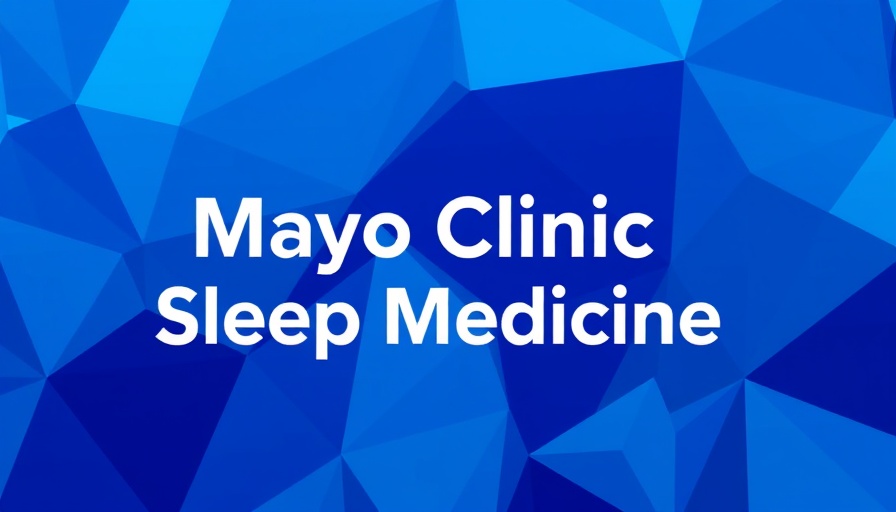
Medicare's Proposed Cuts: A Shift in Focus
In a move that could reshape the landscape of healthcare in America, Medicare is proposing significant cuts primarily targeting highly paid specialists. This initiative, championed by the Biden administration, aims to address long-standing disparities in physician compensation, particularly between specialists and primary care doctors.
Why the Change?
The justification behind these proposed pay cuts stems from a critical review of Medicare's billing codes. Alarmingly, over half of the 10,000 codes used to bill patients have gone unchecked for more than 30 years. Medicare officials argue that the pricing system currently relies on data from the American Medical Association (AMA), which may be outdated and biased towards higher-paid specialists, thus undermining equitable pay for primary care providers.
Community Impact: The Role of Primary Care
For many patients, primary care is the first line of defense in healthcare. These physicians often manage chronic diseases and preventive care, highlighting their vital role. By adjusting compensation equity, Medicare's changes may not only alter financial dynamics among physicians but may also enhance patient care as primary care gains more recognition and better resources.
Looking Forward: What Could This Mean?
This shift could signal a significant change in how healthcare is delivered in the U.S. If successful, the realignment of payments might lead to a stronger emphasis on holistic, patient-centered practices, ultimately benefiting public health at large. As this proposal progresses, it will be crucial to monitor the response from the medical community and how practices adapt.
Empowering Primary Care
With these changes on the horizon, primary care physicians might find new ways to better serve their patients. A push for efficiency can inspire innovative solutions and simplify care delivery processes. As patients, staying informed about these developments is essential, as it could directly impact the quality and accessibility of our healthcare system.
 Add Row
Add Row  Add
Add 




Write A Comment